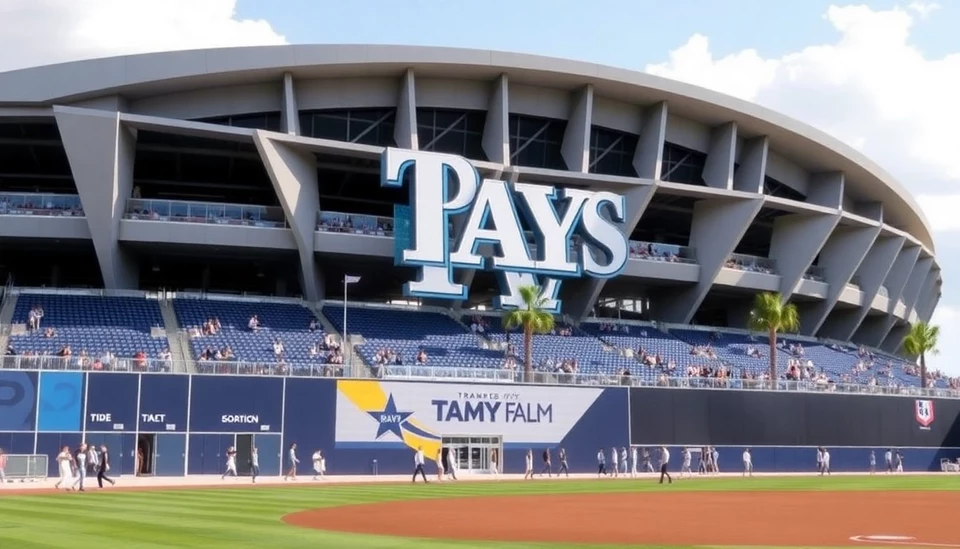
The competitive balance within Major League Baseball (MLB) has increasingly come into focus, especially as wealthier franchises continue to dominate the financial landscape of the sport. This disparity is causing concern among those who feel the traditional structures of competition are becoming obsolete. For many teams with less financial clout, the struggle to remain competitive in a league where monetary resources play a critical role in success has never been more apparent.
As of late March 2025, several teams are finding themselves in a challenging position as the richer franchises invest heavily in their rosters, coaching staffs, and overall infrastructure. The phrase "rich owners can't compete with richer owners" has resonated through the baseball community, underscoring the ongoing problem that could fundamentally change the nature and accessibility of the game for franchises lacking vast financial resources.
At the core of this issue is the expanding revenue gap between the highest-earning teams, such as the New York Yankees and Los Angeles Dodgers, compared to teams in smaller markets. These powerhouse teams are reaping the benefits of lucrative television contracts, sponsorships, and high ticket sales, while their counterparts in less populous regions struggle to keep up. With the recent surge in broadcasting revenues, those disparities are set to widen even further, giving wealthier franchises a distinct advantage in player acquisitions and development.
This economic imbalance has spurred discussions about potential reforms to ensure a more level playing field. Some analysts advocate for a hard salary cap, similar to systems in place in the National Football League (NFL) and the National Basketball Association (NBA). However, the MLB Players Association has historically staunchly opposed such measures, favoring the existing luxury tax system that only moderately penalizes teams for exceeding spending thresholds.
Team owners and some executives have also expressed concern about the implications of such financial disparities on the league's competitive integrity. While the draft system is designed to help lower-budget teams acquire talent, critics argue that it has not been enough to counterbalance the financial advantages enjoyed by wealthier franchises. Without significant changes, there's a growing fear that smaller market teams may be relegated to a perpetual rebuilding state, unable to effectively compete for championships.
The situation is exacerbated by rising operational costs and increasing player salaries, which continue to climb as the demand for top-tier talent skyrockets. This reality forces many teams to make difficult decisions regarding player contracts and long-term investments, further perpetuating their struggles to build a competitive team. The stakes are high, and the ramifications of inaction could be felt not just on the field but also in the stands, as fan engagement may wane if teams appear to be locked in a cycle of losing.
In summary, the ongoing financial disparities among MLB teams bring to light deeper issues of competitiveness and sustainability within the sport. Actions need to be taken to address these disparities before the essence of baseball changes irreparably. Unless a path toward equitable resource distribution is charted, the dream of a level playing field in MLB may remain elusive, favoring only those who can afford to play the game at the highest levels.
#MLB #Baseball #SportEconomics #TeamOwnership #FinancialDisparity #CompetitiveBalance #MLBNews #SportsBusiness
Author: Victoria Adams




